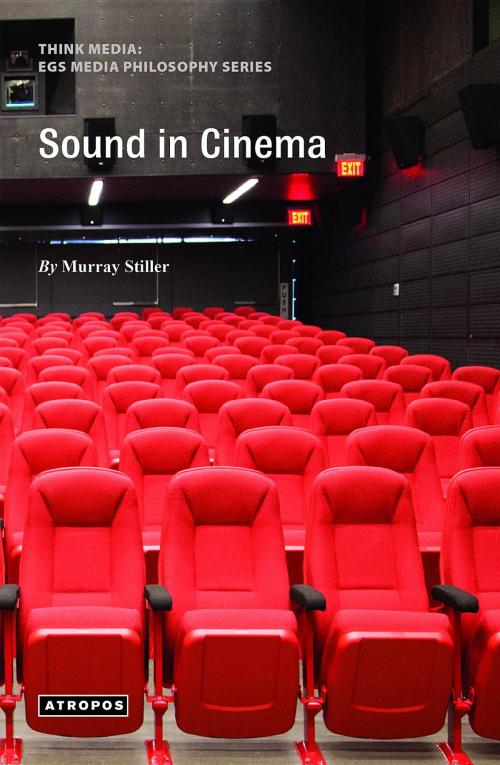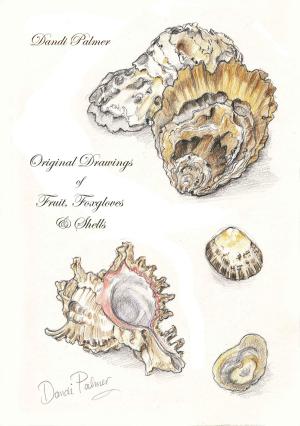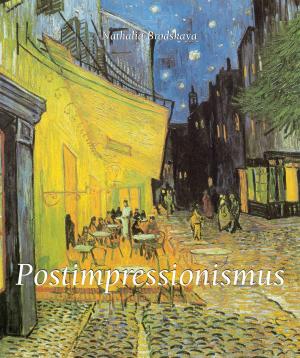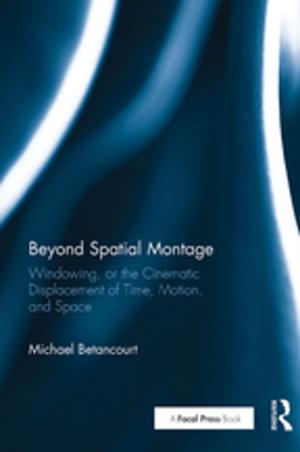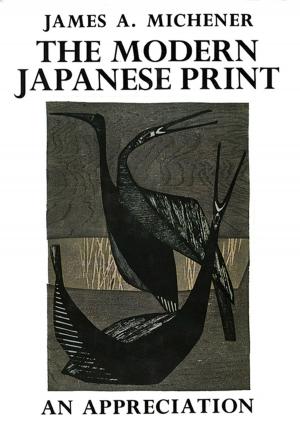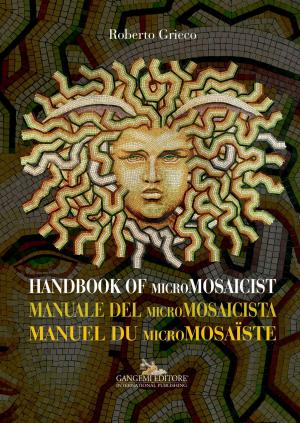Sound in Cinema
Nonfiction, Science & Nature, Science, Physics, Acoustics & Sound, Religion & Spirituality, Philosophy, Aesthetics, Art & Architecture, General Art, Art Technique| Author: | Murray Stiller | ISBN: | 9781940813424 |
| Publisher: | Atropos Press | Publication: | July 4, 2016 |
| Imprint: | Atropos Press | Language: | English |
| Author: | Murray Stiller |
| ISBN: | 9781940813424 |
| Publisher: | Atropos Press |
| Publication: | July 4, 2016 |
| Imprint: | Atropos Press |
| Language: | English |
Sound and visual are independent elements brought together to become the audiovisual of modern cinema. Sound in cinema and moving pictures juxtapose each other to represent a conversation. However, they speak together as a single and decisive voice. Theodor Adorno’s criticism of the standardization of deconcentrated listening in popular twentieth century music, turning it into a commodity, applies to the practice of sound in cinema. In spite of these commercial and cultural restrictions, sound in cinema is a conduit through which language speaks. Things are the voices of sound elements. Naming is the process of organizing voices to be heard. With a commitment to the original, these voices are translated to cinema. Martin Heidegger’s writings and lectures on language and art help recognize how sound in cinema unconceals voices that speak, how sound reveals visual elements, and how sound discloses the event in cinema. Although the use of sound in cinema creates artificial realities, it does not negate the audiences’ experience of language and art through film-sound. Listening leads to the cathartic recognition of the world as it presents itself. Sound in cinema is the experience of being in language and art.
Sound and visual are independent elements brought together to become the audiovisual of modern cinema. Sound in cinema and moving pictures juxtapose each other to represent a conversation. However, they speak together as a single and decisive voice. Theodor Adorno’s criticism of the standardization of deconcentrated listening in popular twentieth century music, turning it into a commodity, applies to the practice of sound in cinema. In spite of these commercial and cultural restrictions, sound in cinema is a conduit through which language speaks. Things are the voices of sound elements. Naming is the process of organizing voices to be heard. With a commitment to the original, these voices are translated to cinema. Martin Heidegger’s writings and lectures on language and art help recognize how sound in cinema unconceals voices that speak, how sound reveals visual elements, and how sound discloses the event in cinema. Although the use of sound in cinema creates artificial realities, it does not negate the audiences’ experience of language and art through film-sound. Listening leads to the cathartic recognition of the world as it presents itself. Sound in cinema is the experience of being in language and art.
